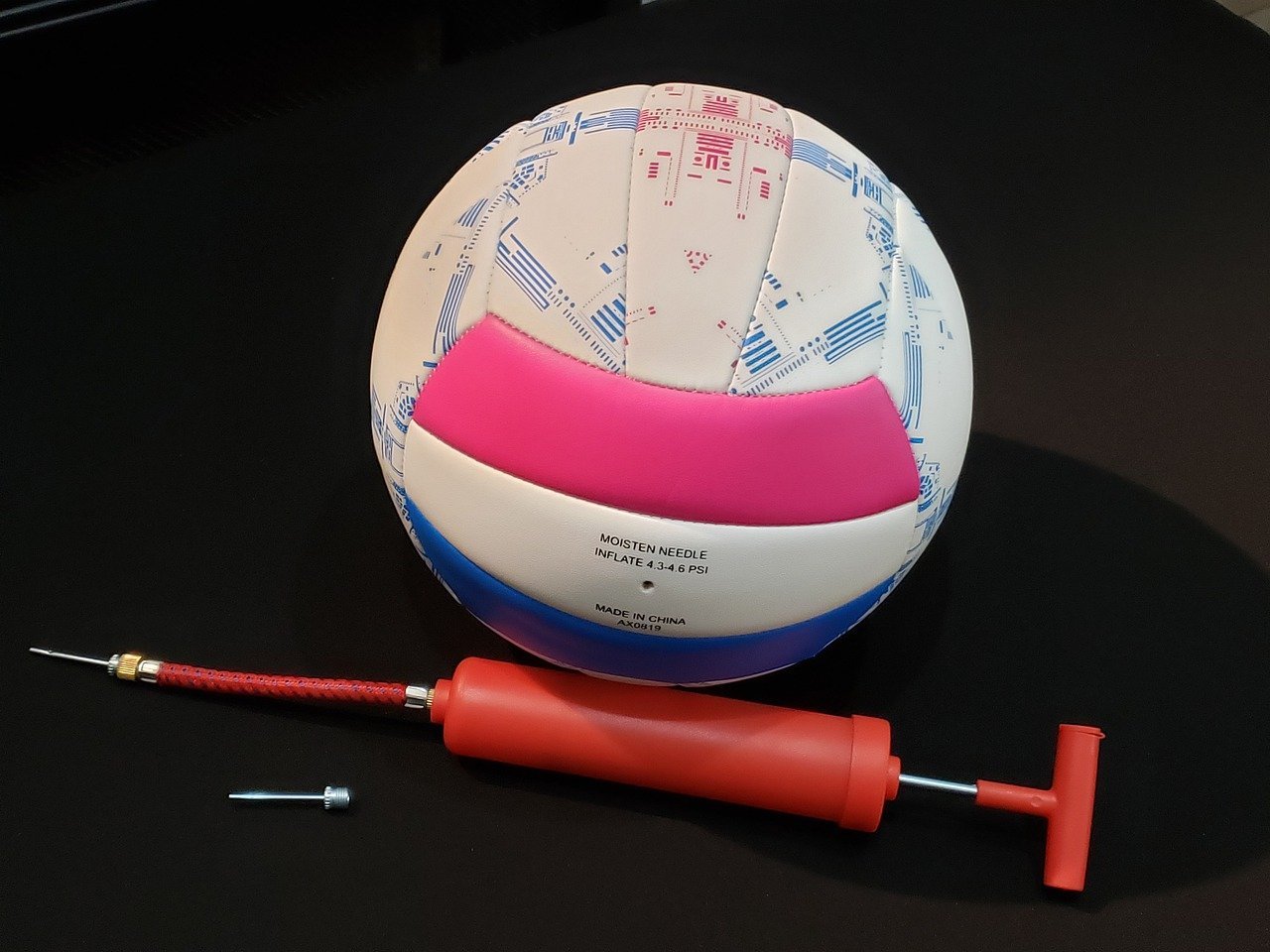November 2 Hong Kong’s South China Morning Post website reported on October 31 that Chinese manufacturers embrace “smart stores” to respond to rapidly changing and increasingly discerning consumer tastes. The full text is excerpted as follows:
Digital clothing printers are helping Chinese clothing manufacturers meet the needs of fickle young consumers. In the Internet shopping era, what they want is unique design, fast delivery and low prices.
Chengtuo Digital Equipment Co., Ltd., a subsidiary of Shenzhen Hanhong Group, is one such company that produces such printers. These devices are becoming more and more indispensable in today’s apparel value chain, because fast printing helps apparel manufacturers respond to sudden changes in demand.
In the traditional manufacturing center of China, local governments are eager to launch plans to encourage smart production and provide generous financial subsidies for some important projects.
Stephen Zhang, general manager of Chengtuo, said that by connecting the factory with the “Rhino Intelligent Manufacturing” platform, the factory becomes “smart”. This is related to the future of China’s manufacturing industry and provides a more feasible solution than relocating factories to developing countries in pursuit of cheap land and labor.
The company’s workshop looks like a mechanical engineering laboratory of a high-tech company, and most of its employees are engineers and technicians.
Zhang said: “This is a question I pondered a lot:’What is the future of the factory?'”
Traditional production methods are becoming increasingly difficult to maintain in China. As the needs of Chinese consumers become more personalized, factories are under pressure to produce more products at a faster rate.
Li Zhiguang, the founder of Luxe Men’s Underwear, knows that Chinese consumers are very picky. He keeps innovating to meet changing consumer needs.
Li said: “Many of them bought Calvin Klein and other brands in the past, but we have won their support with innovation.” With a broad-based supply chain, multiple factories connected by technology can quickly integrate small The designs of stores and businesses are transformed into products-the minimum output is only 100 pieces.
Zhang said that this approach has also provided Chinese consumers with a large number of new choices and created a demand that was not available before.
Industry insiders believe that such changes may be the future of China’s new “dual cycle” national strategy.



